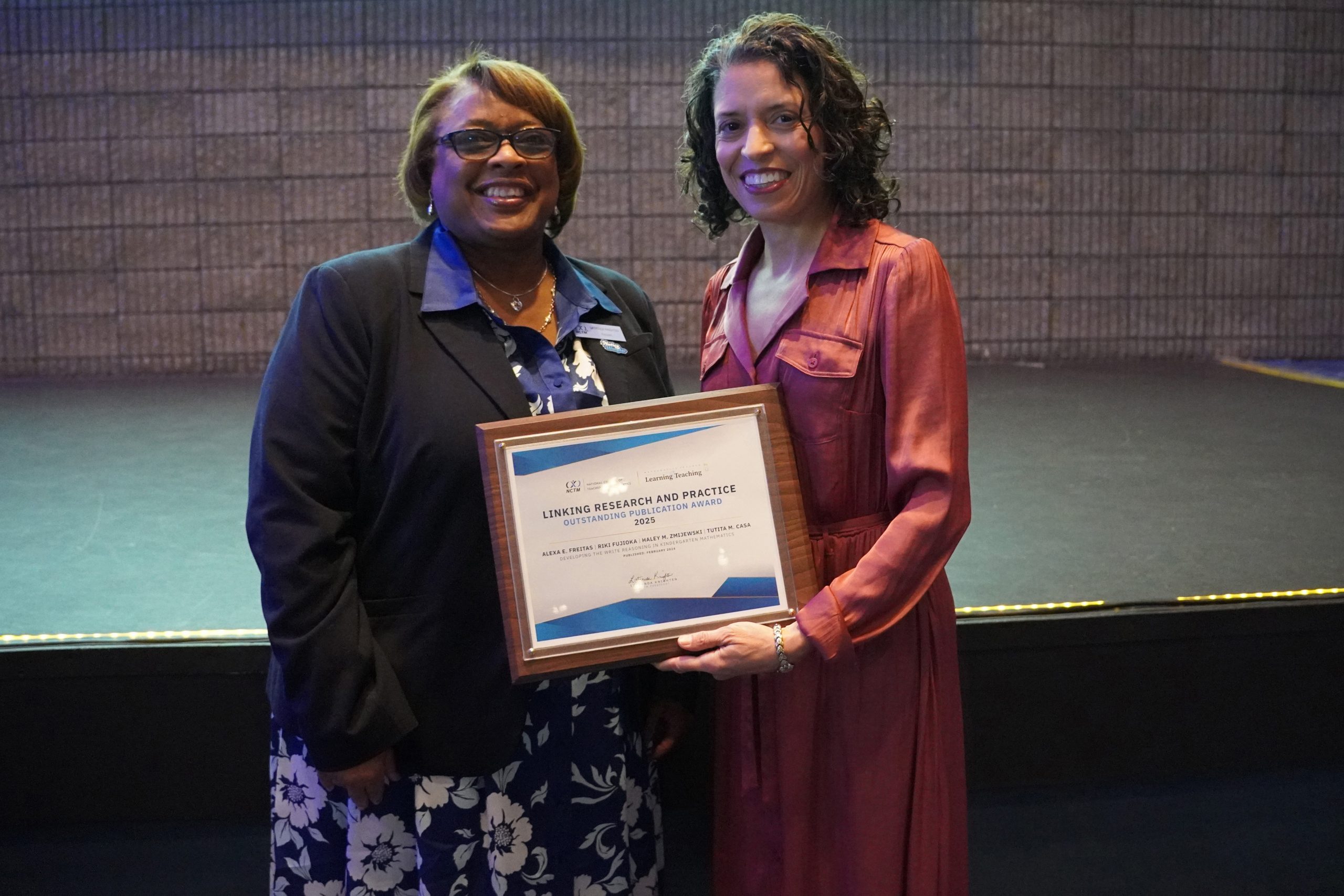
Holding a preterm baby kangaroo style – against the mother’s chest so that mother and baby have skin-to-skin contact – is not the prevailing practice in the U.S. But two researchers are winning an award for their paper showing that the kangaroo hold is better for mother and baby interaction than the preferred method for holding babies in this country, with the baby clothed and wrapped in a blanket.
JoAnn Robinson, a professor of human development and family studies in the College of Liberal Arts and Sciences and a nationally known specialist in early childhood interventions, and her former postdoctoral researcher, Madalynn Neu, now on the faculty of the University of Colorado School of Nursing, will receive the 2011 best paper award from the Journal of Obstetric, Gynecologic, & Neonatal Nursing this month.
Neu, the lead author, studied with Robinson when both were associated with the Developmental Psychobiology Research Group at the University of Colorado Medical School. Neu later won a five-year career award from the National Institutes of Health to complete the preterm babies study, which was reported in the journal’s July 2010 issue.
The study shows that “having preterm babies in close proximity with their caregivers can have long-lasting benefits for the mother-baby relationship,” Robinson says.
The preterm babies studied were not the earliest preemies, but those born at 32-34 weeks instead of a full 40-week gestation.
The researchers found that having a nurse support mothers in practicing the kangaroo hold for an hour at least once daily for 8 weeks resulted in significantly better mother-baby “co-regulation” – that is, mother and baby interacted more easily and reacted more readily to each other’s body and behavior cues.
Co-regulation can be particularly important for newborn preterm babies, who tend to have highly sensitive physiology that is over-responsive to being handled and can lead to problems, Robinson says. Held close to the mother’s heart, their own body rhythms are influenced by the mother’s breathing pattern and heartbeat, as the mother is of theirs. Together they can achieve a more settled state.
Preterm babies may also be less sensitive to a mother’s behavioral and communications signals. The study shows that the kangaroo hold addresses that, too.
Behavioral cues in six-month-old babies were measured using a “Still Face” procedure that was developed at Boston Children’s Hospital more than 30 years ago. In this procedure, the mother cuts off all facial responses and presents a still face to the baby. The baby then will wave its arms, vocalize, and try to become “interesting” so that the mother returns to playing. When she doesn’t do so during the still face exercise, the baby eventually becomes stressed.
How well the two can re-establish their friendly play is seen as an indication of their responsiveness to each other’s signals, a behavioral form of co-regulation.
In the study, mothers and babies who used the kangaroo hold had better responses, resuming play more quickly. The findings also suggest that kangaroo holding overrode the effects of maternal depression after the baby was born.
The study was unusual, Robinson says, for its complexity and many controls, more than previous studies suggesting that the kangaroo hold is beneficial. Sixty percent of the mothers who were initially approached refused to participate because they felt it was too demanding or it would interfere with their choice of how to hold their baby.
The 65 mothers who participated were randomly divided into groups who received either no instructions on holding but had a supportive nurse visiting them in their home, or those who were supported to use the blanket hold or the kangaroo hold at least an hour a day over eight weeks.
The kangaroo hold, while less common in the U.S. than blanket holding, was a method developed in South American countries to promote preterm infant survival, Robinson says, because high-tech equipment and neonatal intensive care are scarcer. In other cultures, she says, it is also not uncommon for children and adults or siblings to sleep in the same bed, so they have more opportunity for co-regulation.
She and Neu plan to follow up with more studies of co-regulation, looking at heartbeat and respiration synchrony and how it may affect preterm babies’ health and potential nursing procedures.
“These rhythms of care are what we’re very interested in,” Robinson says.


